Analysis of Composite pressure vessel (CPV) with Semi-Geodesic winding
In this package, firstly, the method of winding in producing the composite pressure vessel is introduced. Then, the equations of semi-geodesic patterns, along with parameter definitions with full details are presented. These equations are related to the angle of winding and thickness in different parts of the vessel. Composite pressure vessel analysis is fully described here in this training package.
As you know, the winding simulation is the most important issue because the angle and thickness are changed in a dome for different coordinated. One way to simulate CPV is to partition every dome section. Then, we should assign the calculated thickness and angle to the section. To achieve an accurate result, we should create a lot of partitions, especially in the end dome, because the angle and thickness change instantaneously in this region. On the other hand, to find the optimum composite pressure vessels, we need to have a lot of simulations, and using the partition method is very time-consuming. So, we use Python scripting to solve this problem and quickly simulate a lot of CPV with accurate results. This training package includes Python scripting for automatic modeling and UMAT subroutine with Fortran language to identify progressive Puck failure.
Workshop 1: Simulation automatically Semi-Geodesic composite pressure vessel with Python script
Firstly, the composite pressure vessel with semi-geodesic winding patterns is simulated in Abaqus finite element software. As mentioned previously, The vessels have been simulated using a Python program, and the method of writing and using this program has been fully taught. This Python script helps you to automatically simulate a pressure vessel without using the Abaqus graphical user interface(GUI) by simply entering the relevant dimensions of the vessel. As a result, with the use of this program, you no longer need to draw the vessel and perform the other simulation steps in the ABAQUS software. Additionally, a flowchart has been prepared and presented to better understand the process of the Python script.
It should be mentioned in the semi-geodesic winding we have to consider friction between the mandrel and fiber. In this method for calculating the winding angle, we need to examine the path of fiber movement on the dome and determine the forces applied to the fibers at each point. Then, by using this information, an equation based on the winding angle and other parameters is obtained to account for the fiber’s tendency to slide on the mandrel. So, this singular equation should be solved to calculate the angle and thickness, and it could be done by adding some mathematical model in Python. We can find out how to do that in this workshop. Also, this Python program can assign the calculated thickness and winding angle to each element based on its coordinates. In the final section of this workshop, for example, a pressure vessel was simulated using the Python script and the Tsai-Hill failure criterion. The results of this simulation, including the stress distribution in the vessel, have been shown. Indeed, you can use the Composite pressure vessel simulation in Abaqus package to learn about other methods of fiber winding for designing pressure vessels.
Workshop 2: Failure analysis of composite pressure vessel with Puck criteria
The Puck failure theory is selected and introduced as the best criterion to identify the failure initiation among the different failure theories. The Puck criteria help identify the many lamina failure mechanisms and quantify the impact of each type of failure on the laminate. In the following, the equations of this criterion are extracted. Puck’s criterion establishes specific parameters that determine the inter-fiber failure criterion, exposing the potential failure modes for a given fiber under applied loads. The Puck theory identifies fiber failure in two distinct modes: fiber failure in tension(FFT) and fiber failure in compression(FFC) and provides a separate formulation for each mode. Additionally, this theory also predicts three different failure modes for matrix failure: the first mode is inter-fiber failure in tension(IFFA) with a fracture angle of zero. The second mode is inter-fiber failure in compression with a fracture angle of zero(IFFB), and the third mode is inter-fiber failure in compression with a non-zero fracture angle(IFFC), which the Puck theory is also capable of determining. In the next step, all failure modes predicted by the Puck criterion are implemented using the UMAT subroutine. UMAT stands for User Material. We use User Material when none of the existing material models included in the ABAQUS material library accurately represents the material’s behavior to be modeled. In this package, different parts of the UMAT subroutine and how to use it are well explained using Abaqus software documentation. Generally, in this subroutine, we seek to calculate the stiffness matrix and stress matrix in each increment by entering the required equations and inputs to execute the Puck theory. By using the Puck criterion, this subroutine can calculate the reduced stiffness matrix if the conditions for any of the fiber failure modes are met. Additionally, a flowchart has been prepared and presented to better understand the process of the UMAT subroutine. In the final section of Workshop 2, the same pressure vessel that was simulated using the Python script and the Tsai-Hill criterion in Workshop 1 was simulated again, this time using the Python script and the Puck UMAT subroutine. The results of this simulation for different fiber failure and inter-fiber failure modes, based on the Puck theory, have been shown. For better and more comprehensive learning of the UMAT subroutine, you can use the UMAT Subroutine (VUMAT Subroutine) introduction package. After that, the written subroutine to identify the failure initiation was verified according to Puck’s equations.
I hope you have got enough information about the composite pressure vessel analysis; if you need more information about this package, please feel free to contact us via online chat on the left side of this page.
It would be helpful to see Abaqus Documentation to understand how it would be hard to start an Abaqus simulation without any Abaqus tutorial.
Moreover, the general description of how to write a subroutine is available in the article titled “Start Writing a Subroutine in Abaqus: Basics and Recommendations “. If you even do not familiar with the FORTRAN, you can learn the basics via this article: “Abaqus Fortran “Must-Knows” for Writing Subroutines”. You may also like this article to begin writing your own UMAT: “Start Writing Your First UMAT in Abaqus”.
Read More: All about fatigue composite

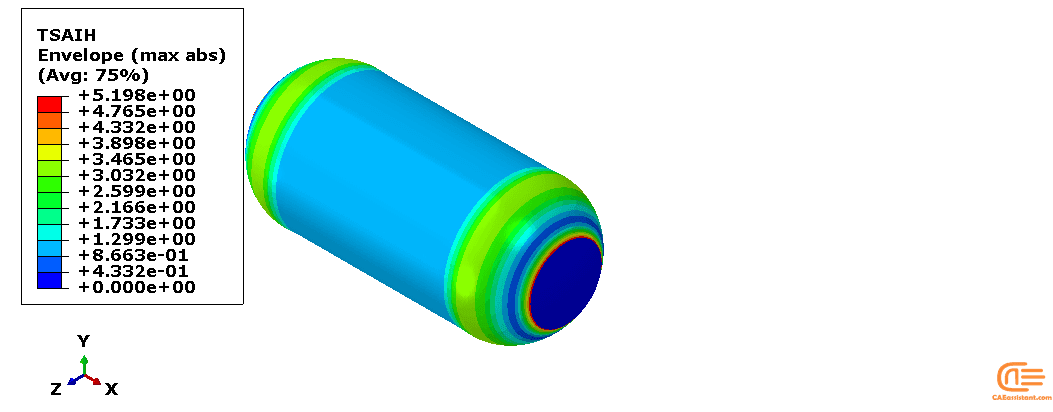
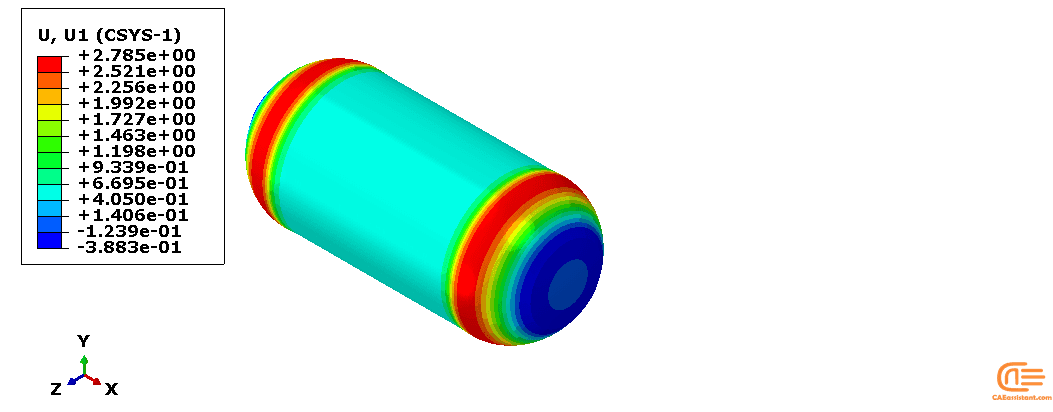
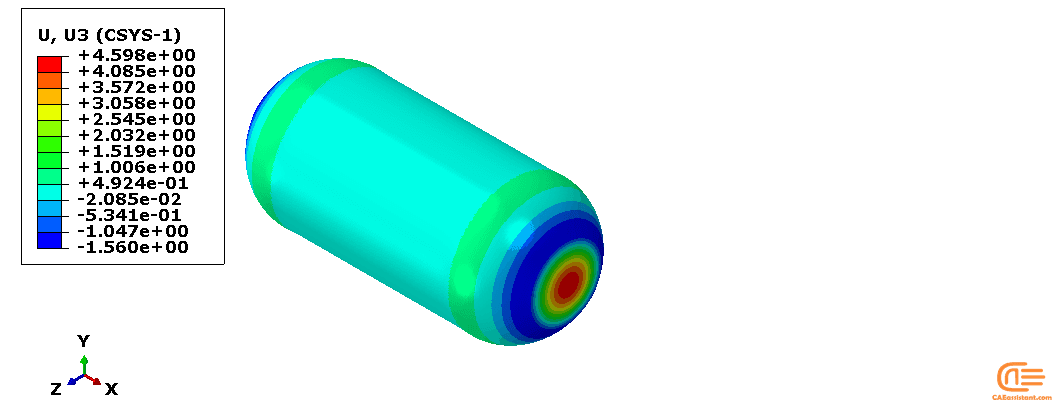
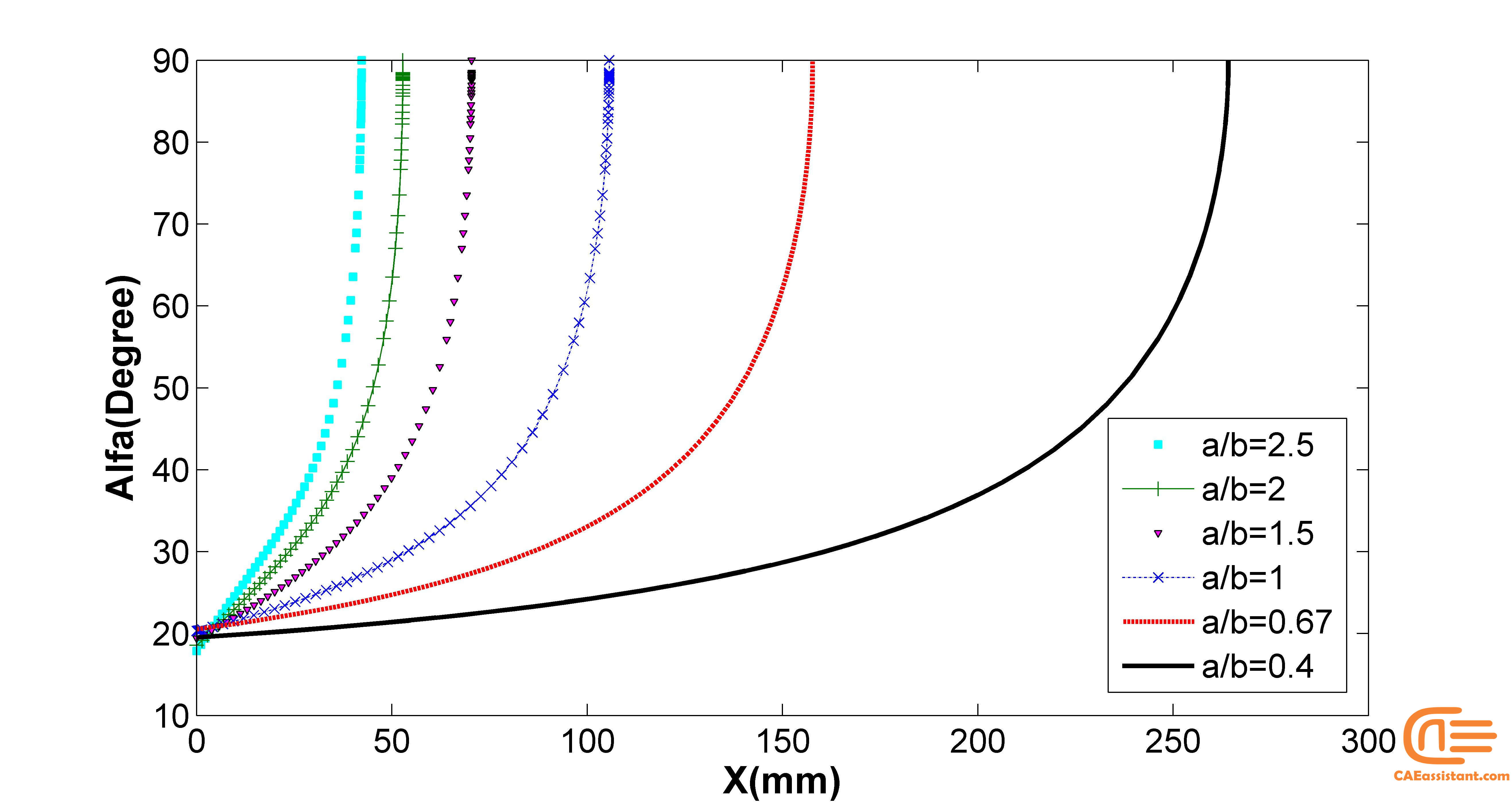
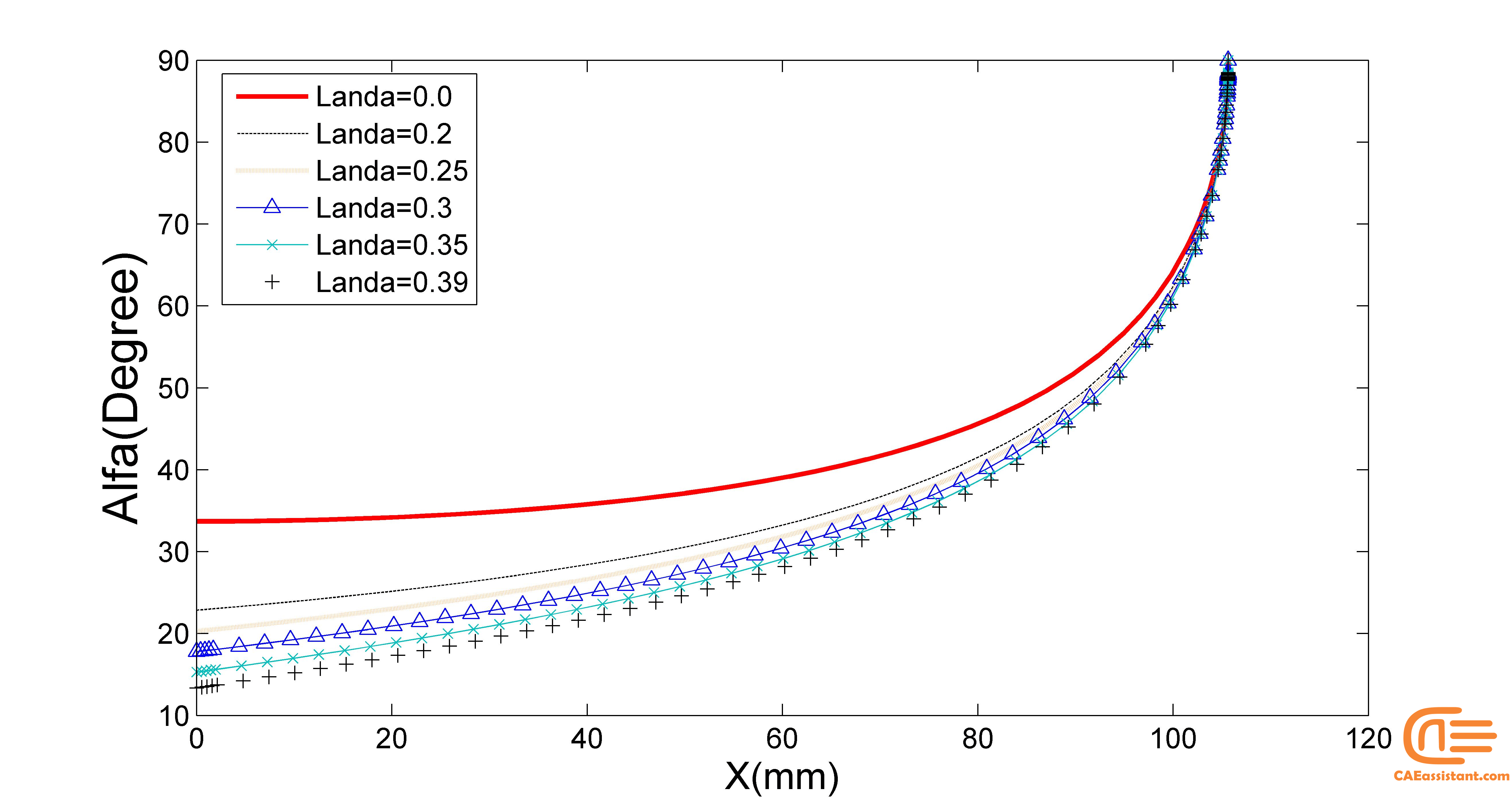
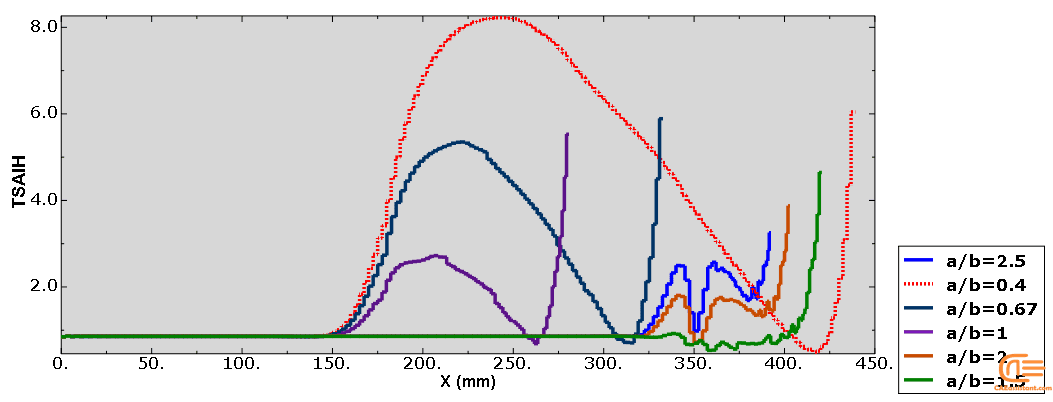

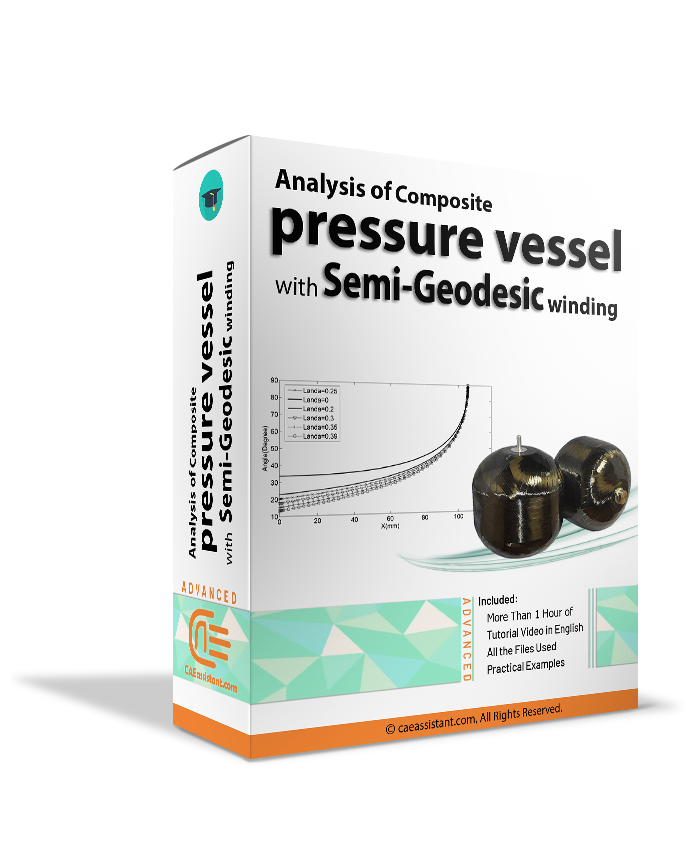
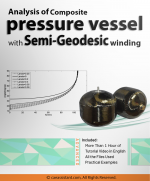
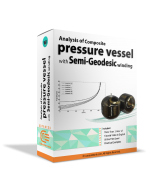
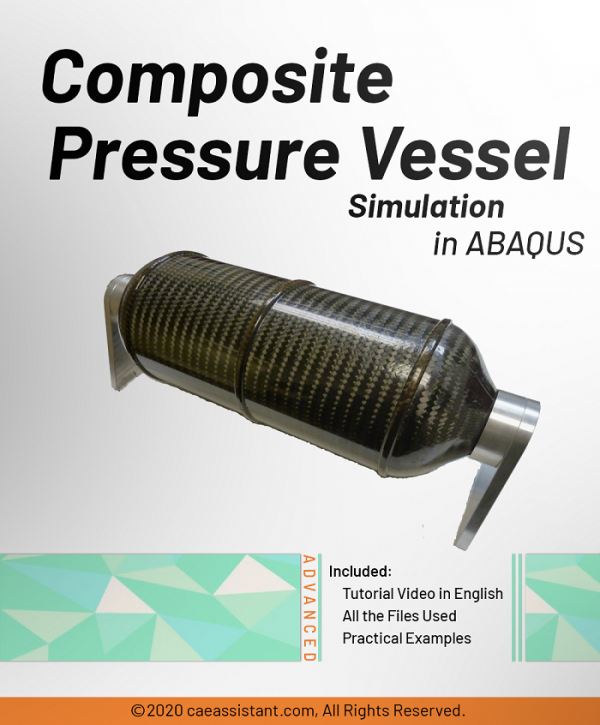
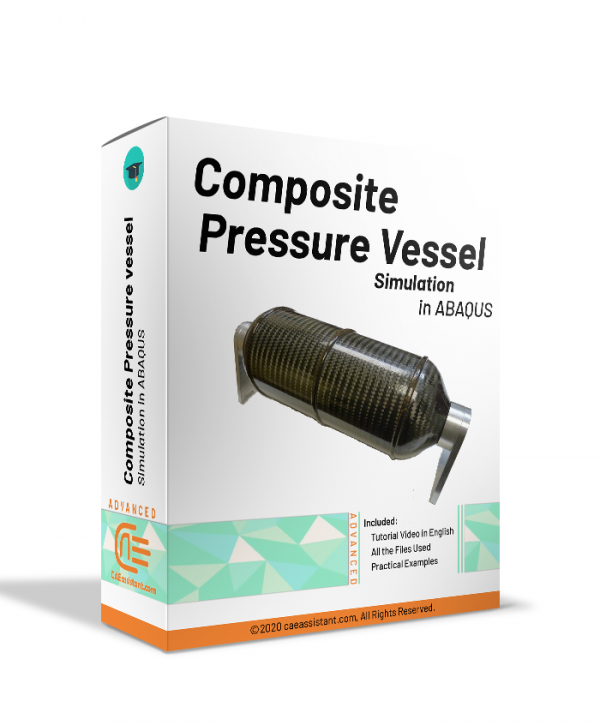
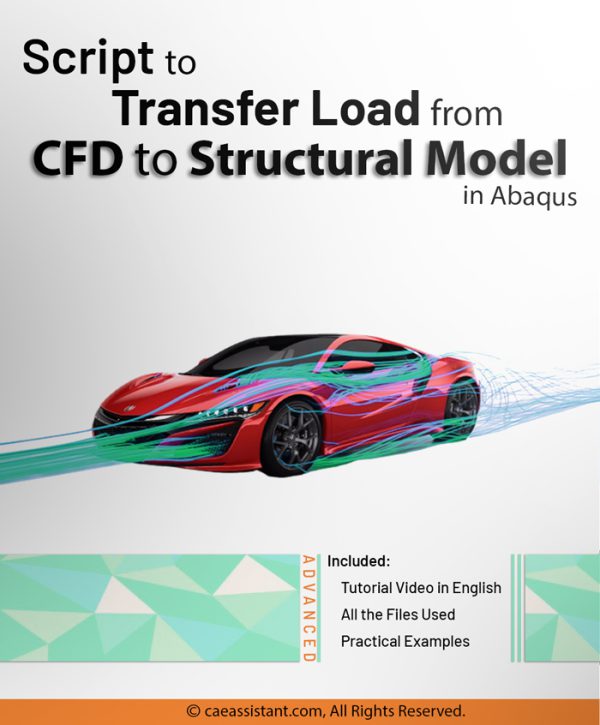
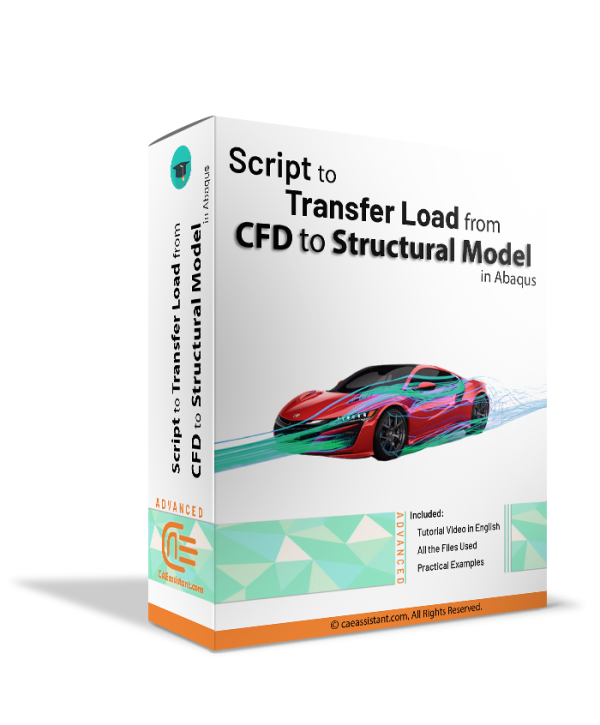
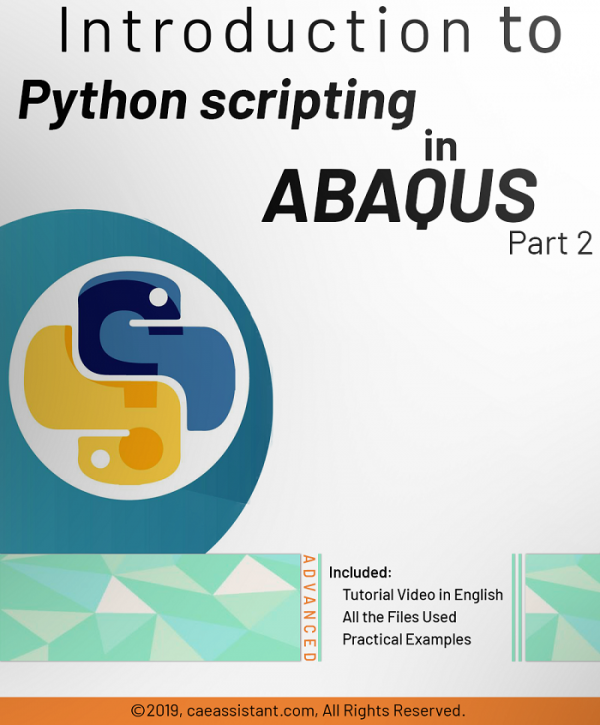
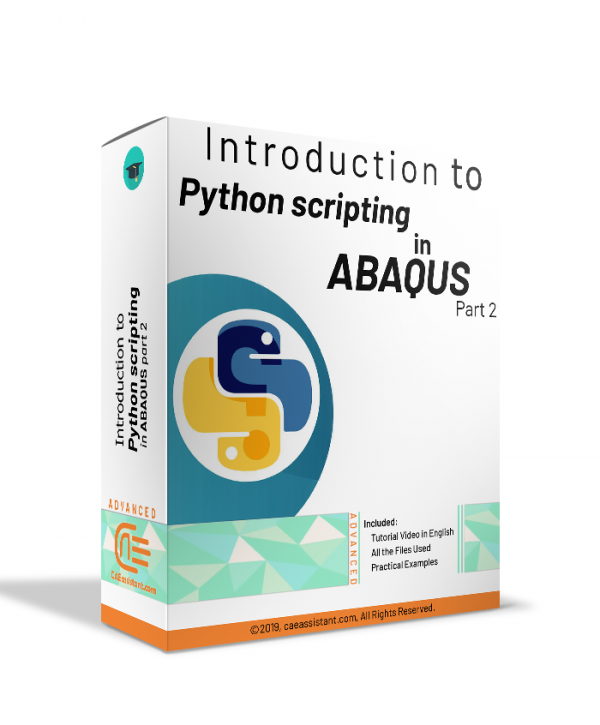
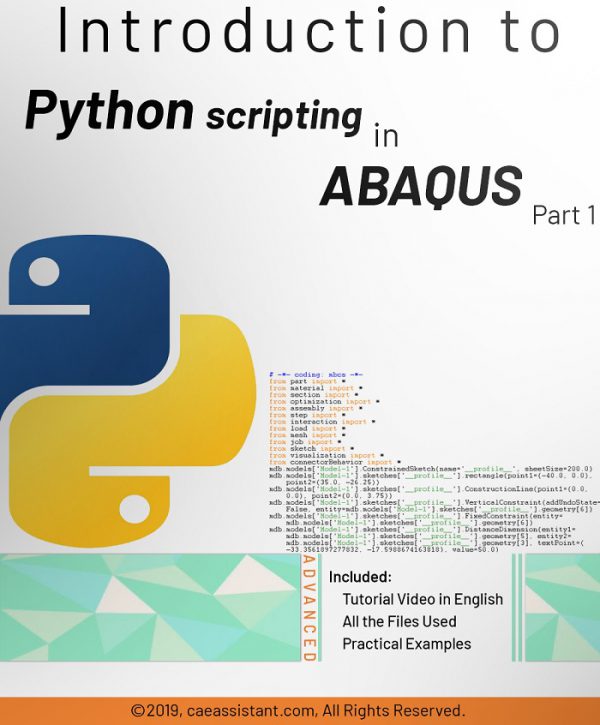
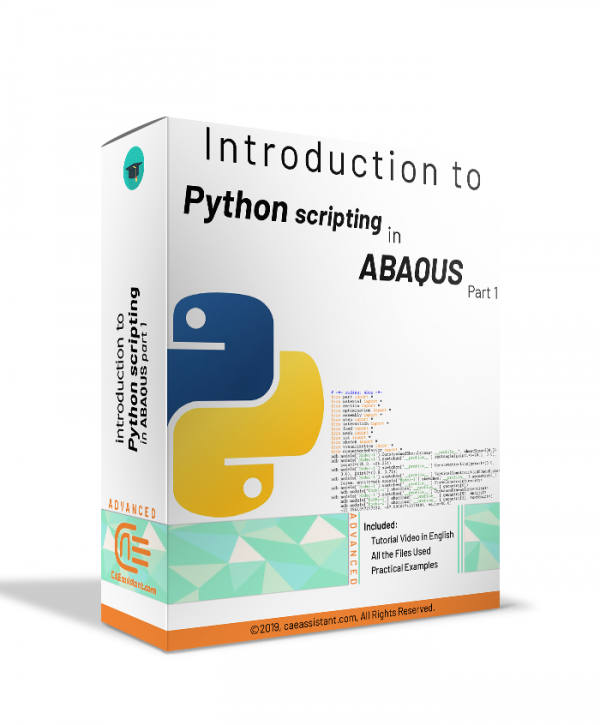
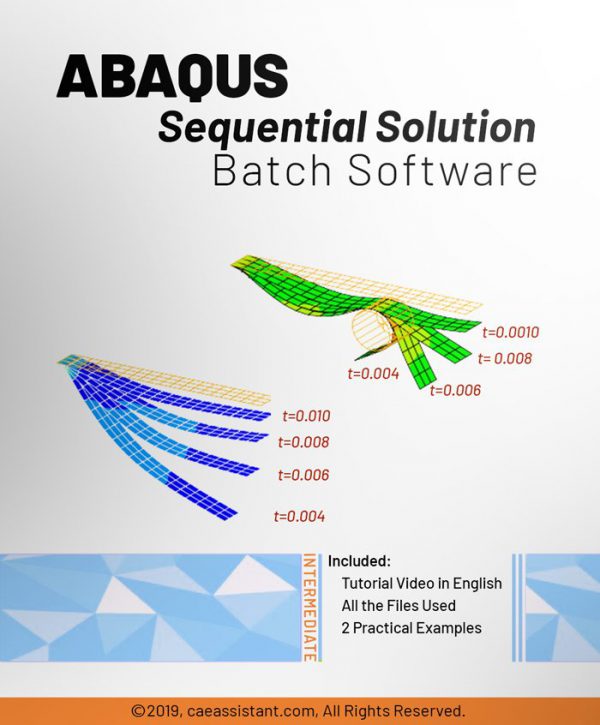
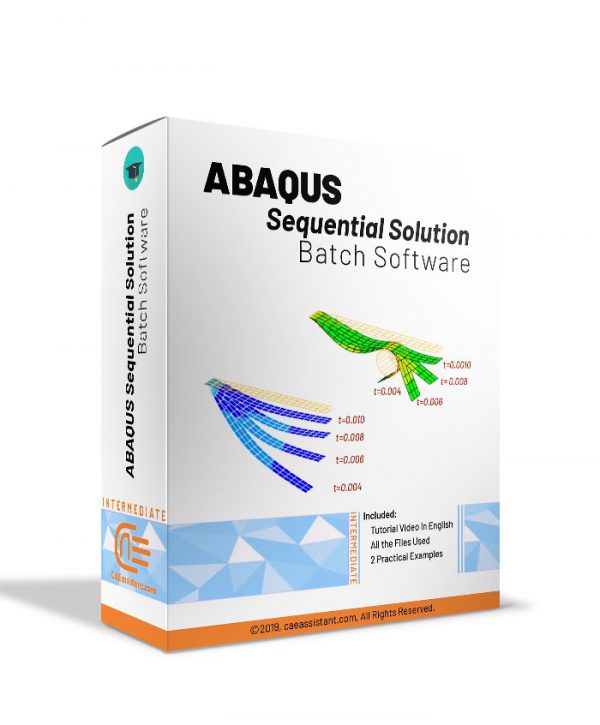
Elijah.mv –
This package is a must have for anyone involved in composite pressure vessel analysis. The UMAT subroutine with Fortran language to identify progressive Puck failure is an especially useful resource, along with Python scripting for automatic modeling. I found this package to be incredibly helpful in simulating composite pressure vessels with semi-geodesic winding patterns in Abaqus.
Experts Of CAE Assistant Group –
i am very happy that this package could help you
Célestin –
What are the different methods for producing pressure vessels using filament winding techniques, and why is the semi-geodesic filament winding method considered one of the most widely used methods?
Experts Of CAE Assistant Group –
Different filament winding methods depend on your usage and pressure vessel shape. For example, semi geodesic winding could be used in more cases because it had less limitation.